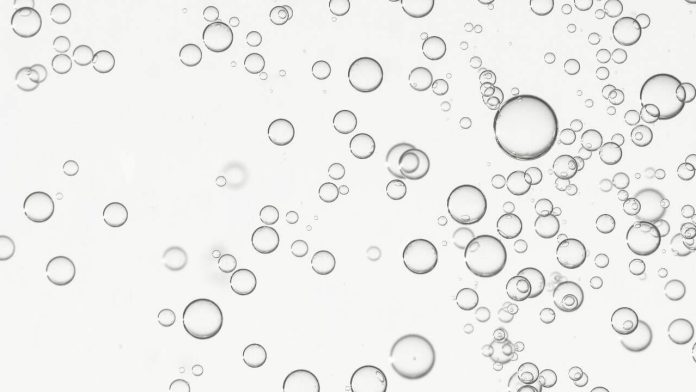Labeling is a critical process in various industries, ensuring that products are accurately identified and branded. However, one common issue that can affect the appearance and performance of labels is the presence of air bubbles. These bubbles can detract from the professional look of the product and can even affect the functionality of the label, particularly in cases where the label needs to convey important information such as production lot numbers or expiration dates. To ensure labels are applied smoothly and remove air bubbles, the following key points should be considered:
Surface Preparation
Before applying any label, it is crucial to prepare the surface. The surface should be clean, dry, and free from dust, oil, or any other contaminants. Any particles on the surface can trap air underneath the label, leading to bubbles. Use appropriate cleaning agents, depending on the material of the surface. For glass or plastic, a simple mixture of water and isopropyl alcohol can be effective.
Temperature and Humidity Control
The environment in which labeling occurs plays a significant role in the final quality of the application. Both the temperature and humidity levels should be controlled. High humidity can cause condensation on the surface, while low temperatures can make the adhesive less tacky. Ideally, labeling should be performed at room temperature (around 20–25 °C) with moderate humidity levels.
Quality of Label Material
The quality of the label material itself can impact the presence of air bubbles. Labels made from high-quality materials with good flexibility and adhesive properties are less likely to form bubbles. It’s also beneficial to use labels designed for the specific application surface, whether it be glass, plastic, or metal. Ensure the labels have a strong adhesive that can maintain a consistent bond.
Application Technique
The technique used to apply the label is perhaps the most crucial factor. Start from one edge of the label and gradually work towards the other end, pressing down firmly as you go. This method helps push air out as the label is applied. Using a squeegee or a roller can help in applying consistent pressure across the label surface, ensuring a smooth application.
Equipment Calibration
In industrial settings, labeling machines must be properly calibrated to apply labels accurately and without bubbles. Regular maintenance and calibration of these machines can prevent issues. Ensure that the label dispensers are aligned correctly and that the application rollers are clean and functioning correctly.
Post-Application Inspection
After the label is applied, inspect it for any air bubbles. Small bubbles can often be smoothed out using a soft cloth or roller, pressing gently from the center of the bubble outwards to the edge. For larger bubbles, a small pin can be used to puncture the bubble, allowing the trapped air to escape, followed by smoothing the area with a roller.
Adhesive Activation
Some labels may require adhesive activation through heat or pressure. Follow the manufacturer’s instructions for optimal results. Heat guns or specialized equipment can activate the adhesive, making it more tacky and reducing the likelihood of air bubbles forming.
Storage conditions
Proper storage of labels before use is also essential. Labels should be stored in a cool, dry place away from direct sunlight to maintain the integrity of the adhesive. Incorrect storage can lead to the adhesive losing its effectiveness, making it more susceptible to bubbles during application.
Training and SOPs
Ensure that all personnel involved in the labeling process are adequately trained and follow standard operating procedures (SOPs). Proper training can significantly reduce the incidence of air bubbles, as staff will be aware of the best practices and techniques for label application.
By following these key points, businesses can ensure that their labels are applied smoothly and professionally, enhancing the overall appearance and functionality of their products. Taking the time to remove air bubbles effectively not only improves the aesthetic appeal but also ensures that critical information on the labels is legible and durable.












